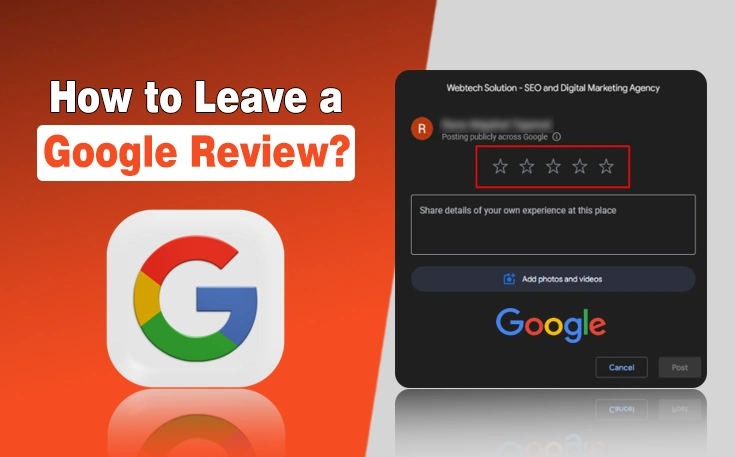Businesses get hit every day. Attackers move fast, hide well, and adapt constantly. They scan ports, exploit old flaws, steal credentials, and sit quietly until someone makes a mistake. Some firms still think antivirus will cut it. Or they roll out a firewall five years ago and think it’s still doing its job. It’s not!
Modern threats don’t knock. They crawl in, sneak past weak tools, pivot across systems, and encrypt everything you have before anyone blinks. Staying ahead means doing more than the minimum. You build layers, reduce exposure and get ahead of their moves, or you fall behind fast.
In this blog post, I will explain how businesses can stay ahead of the modern cyber threats to stay safe and build customer trust.

Threats Have Changed, Defense Must Too
You’re not just dealing with ransomware anymore. There’s credential stuffing, fileless malware, supply chain attacks, phishing kits sold on Telegram, zero-click exploits. And yes, insiders. Or worse mistakes.
Employees are remote. Devices change hands. BYOD exists. Attackers don’t care where they start. All they need is one weak spot. If you only focus on basic cybersecurity and ignore endpoints, you leave the door wide open.
Endpoint Control Can’t Be Optional
This is where businesses trip. They have antivirus on the endpoints. Maybe even MDM. But that’s not the same as real detection or real-time response.
A strong move? Bring in something like https://heimdalsecurity.com/enterprise-security/endpoint-detection-and-response-edr-software. It doesn’t just sit there waiting for a virus signature. It watches, learns, picks up weird behavior and responds fast.
You get automated detection. Behavioral analysis, root cause tracking and threat hunting, if you want it. You don’t rely on luck or some random alert. You see the threat, where it came from, and what it touched.
This kind of EDR keeps attackers from moving laterally. It really helps cut response time. Helps your team not scramble. Helps prevent small problems from becoming full-blown incidents. Tools like this aren’t nice-to-have. They’re survival gear.
Patch Everything Fast
Most breaches come from stuff that should’ve been fixed. Old Java plugins, forgotten WordPress installs and unpatched VPNs.
You don’t need some elite red team to get in. You just need patience and Shodan. A system left exposed for three weeks is basically handing out free access.
So automate your patching. OS updates, third-party software, and drivers. Anything that talks to the internet. Treat every unpatched system like it’s already compromised. Because it probably is.
Limit Access, Strip Admin Rights
Admins are convenient. Until they’re used against you. Most ransomware cases? The attacker moved laterally using local or domain admin. That’s not advanced hacking. That’s just bad setup.
Start stripping rights. Give users only what they need. No more. Rotate credentials. Monitor logins. Force MFA.
Mistakes will happen — someone will click a bad link eventually. When they do, the damage depends on what that user had access to. The less they can touch, the less you lose.
Train People, But Expect Failure Anyway
Yes, awareness training helps. People should know not to open random PDFs or enter passwords into fake pages. But let’s be real. They will. Eventually.
So train often, short bursts, real examples. But build tech and process, assuming someone will screw up because they will. And it’s not even always their fault. Links look legit. Spoofs look perfect. Stress makes people sloppy.
The answer isn’t blaming the user. It’s catching the mistake before it spreads.
Prepare Like It’s Already Happening
Most orgs aren’t hacked because they had bad luck. They’re hacked because they had no plan. Or they had a plan, but it was never tested.
You need incident playbooks and drills. Real ones. With pressure, people are missing and systems are down.
Define roles. Who calls who? Who pulls logs, talks to legal and shuts down a segment? These things must be muscle memory. Not stuff you figure out during a crisis.
Security Metrics Need to Matter
“Are we secure?” is the wrong question. Start asking, “How fast do we detect?” “How many endpoints are covered?” “How many shadow systems exist?” “When was our last full backup test?”
Use real numbers. Set thresholds. Track them. Not every metric is fun to look at. That’s okay. Fix what’s broken. Replace tools that waste time.
Security is not about feelings. It’s about data.
Simple Systems Beat Complex Ones
Too many businesses keep piling tools on top of tools. SIEMs, IDS, DLP, ten vendors with overlapping dashboards. Nobody looks at half of them. Most alerts get ignored.
Simplify—fewer tools. Better ones and integrated ones. Tools that talk to each other. Teams need time to investigate, not sift through noise.
Every extra system adds friction. Adds confusion. Adds places for attackers to hide. Cut the fat. Focus on tools that buy back time and give you clarity.
Stay Humble and Keep Moving
You’ll never be 100% secure. That’s fine. What matters is response time. Recovery strength. How much chaos can you absorb and keep moving?
Learn from mistakes. Review incidents. Check logs even when nothing seems wrong. Don’t wait for headlines. If a firm in your sector got hit, assume you’re next.
Security isn’t something you finish. It’s a process. A habit. A mindset. If you treat it like a checklist, you’ll get burned.
Summary? You Fight Dirty or You Get Beat
Attackers won’t follow rules. They’ll hit you on weekends, buy your credentials online and crawl across weak systems without mercy.
So your defense can’t be slow, polite, or naive. It needs to be ruthless, boring, consistent, paranoid. That’s how you win. That’s how you survive.
Use the right tools. Train the right way. Patch the basics and strip access. Test your plans and stay sharp always.
Weak spots get hit first. Lazy processes get exploited. What you ignore today turns into tomorrow’s breach. Complacency invites loss. Fix it early.
Need custom app with amazing features?
Get a Quote




